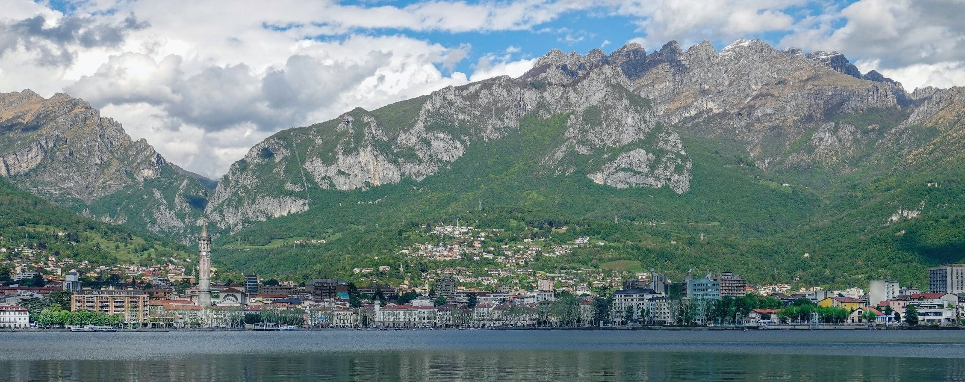Speaker
Description
A major question surrounding the study of Gamma Ray Bursts (GRBs) is the origin of the high energy prompt emission detected in the first few tens of seconds of the event. This question can be answered with time-resolved and time-integrated polarimetry observations across the electromagnetic spectrum. Recently, we used the MCRaT radiative transfer code to make robust optical to gamma-ray spectropolarimetry predictions for GRB prompt emission. The MCRaT code follows photons as they scatter in a hydrodynamically simulated GRB jet, taking cyclo-synchrotron emission and absorption processes and the full Klein-Nishina cross section into account. Using these simulations we present our constructed mock observations and associated correlations which can then be compared against future observations. We also show how our simulations allow us to infer GRB jet properties from future detected spectropolarimetric measurements, something that was not possible before. This study shows the importance and the utility of conducting global radiative transfer simulations of realistic GRB jet structures.

